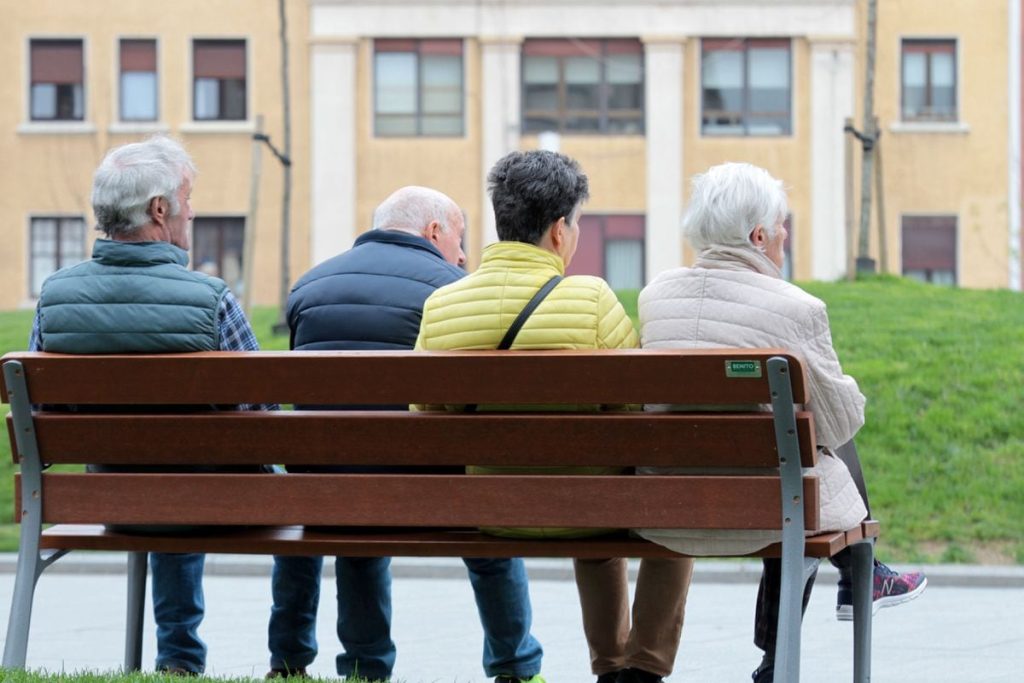The Ministry of Social Security has published the list of contributory pensions for March, with record numbers in both the number of recipients and the amounts received. In March, the average pension reaches a maximum of 1,252 euros gross per month in 14 payments, while retirement pension stands at 1,438 euros. The number of pensions has reached 10.14 million, benefiting 9.18 million people, both the highest in history. pensions are updated based on the previous year’s average CPI, following the elimination of the sustainability factor in 2022. This change has coincided with a surge in prices due to supply chain issues and the war in Ukraine, boosting pension amounts in recent years.
The average pension has seen fluctuations in growth rates over the years, with increases ranging between 1.8% and 8.9% in recent years. The pension amount is also influenced by the individual’s work history, with those who have contributed more receiving higher pensions. New pensioners, mostly baby boomers, are retiring with an average pension of 1,563 euros. The highest average pension is for retirement, at 1,438 euros per month, received by 69% of pensioners. The second most common type is widow’s pensions, with 1.53 million recipients, mostly women, receiving an average of 894 euros. Additionally, there are 941,000 pensions for permanent disability, with an average of 1,161 euros.
The relationship between work history and future pensions highlights the gender gap, with men receiving higher pensions on average than women. Contributory pensions are the largest expenditure for the state, accounting for 11.5% of GDP, compared to 8% for education and 5% for healthcare. Given the aging population, the proportion of funds allocated to pensions is expected to increase to 15% in the coming years. The number of pensions and pensioners continues to grow, with more individuals receiving multiple types of pensions. Recent reforms have aimed to increase system income through higher maximum contribution bases, solidarity contributions for higher salaries, and intergenerational equality mechanisms.
While women outnumber men in receiving benefits, men have more contributory pensions overall. Non-contributory pensions, for those who haven’t contributed enough, are predominantly received by women. In March, over 700,000 pensions receive a supplement to reduce the gender gap, with 90% of recipients being women. The monthly supplement, introduced in 2021, amounts to 71 euros on average. In addition to contributory pensions, there are expenditures for passive classes, including military and civil personnel, constitutional and state organs, and transferred officials to autonomous communities.
The continuous growth in pensions reflects the demographic shift and economic factors affecting pension amounts. The increase in both the number of pensioners and pension amounts poses challenges to the sustainability of the pension system. Government policies aimed at ensuring the long-term viability of the pension system will continue to be essential in meeting the needs of an aging population. The ongoing evolution of pension regulations and economic conditions will shape the future of pension provision in the country.















